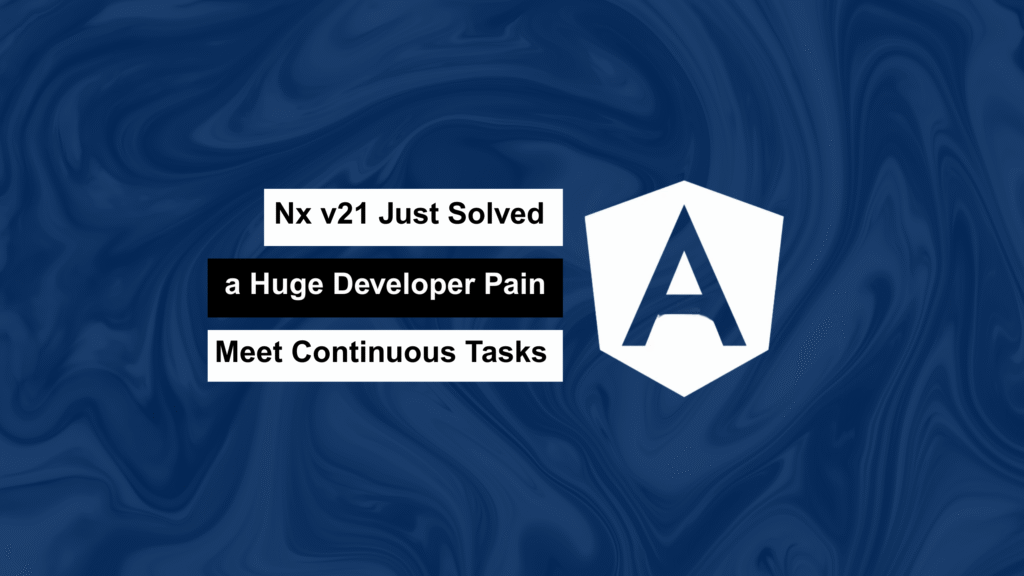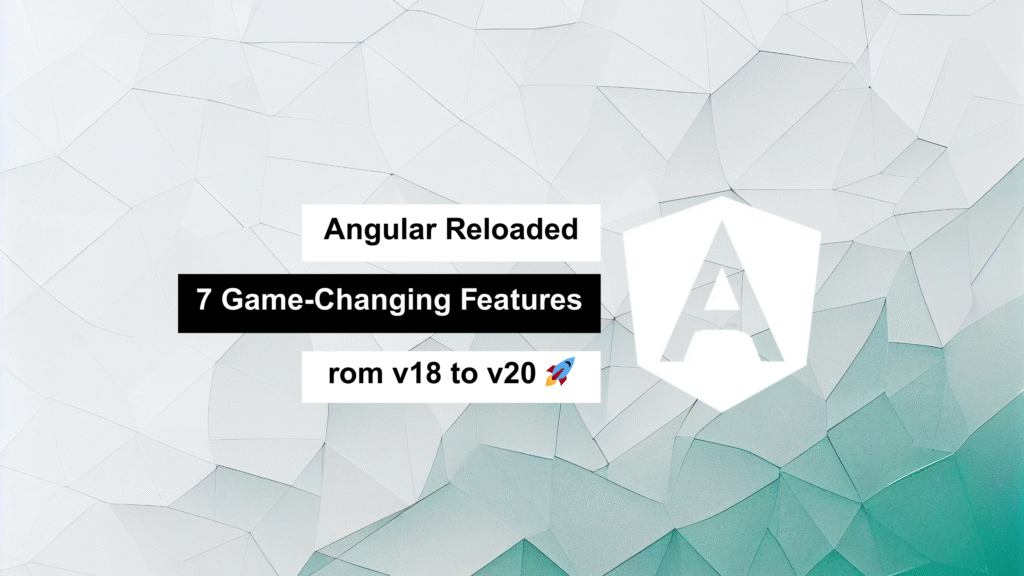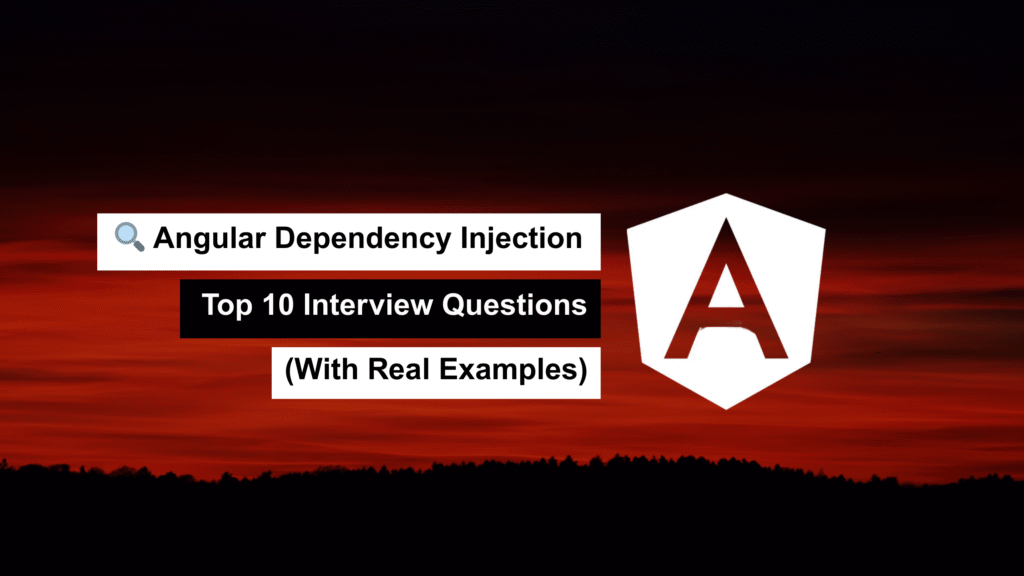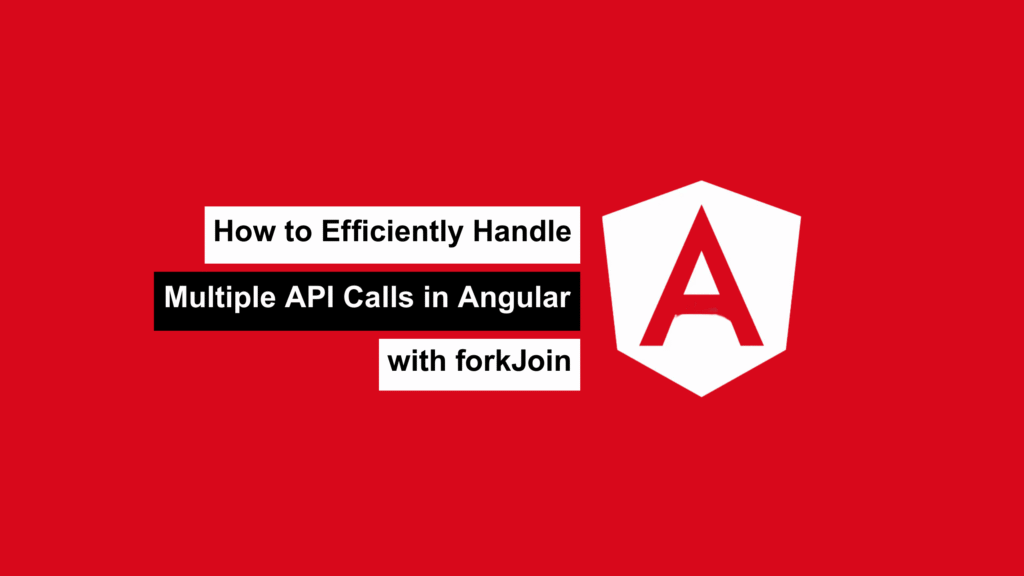Nx v21 Just Solved a Huge Developer Pain: Meet Continuous Tasks ⚙️🚀
If you’re using Nx for your full-stack or monorepo setup, the latest v21 release is going to make your dev life way easier. Say goodbye to running five terminals just to start your frontend and backend. With Continuous Tasks, you can now keep related long-running tasks running together — all from a single command. Let’s […]
Nx v21 Just Solved a Huge Developer Pain: Meet Continuous Tasks ⚙️🚀 Read More »









